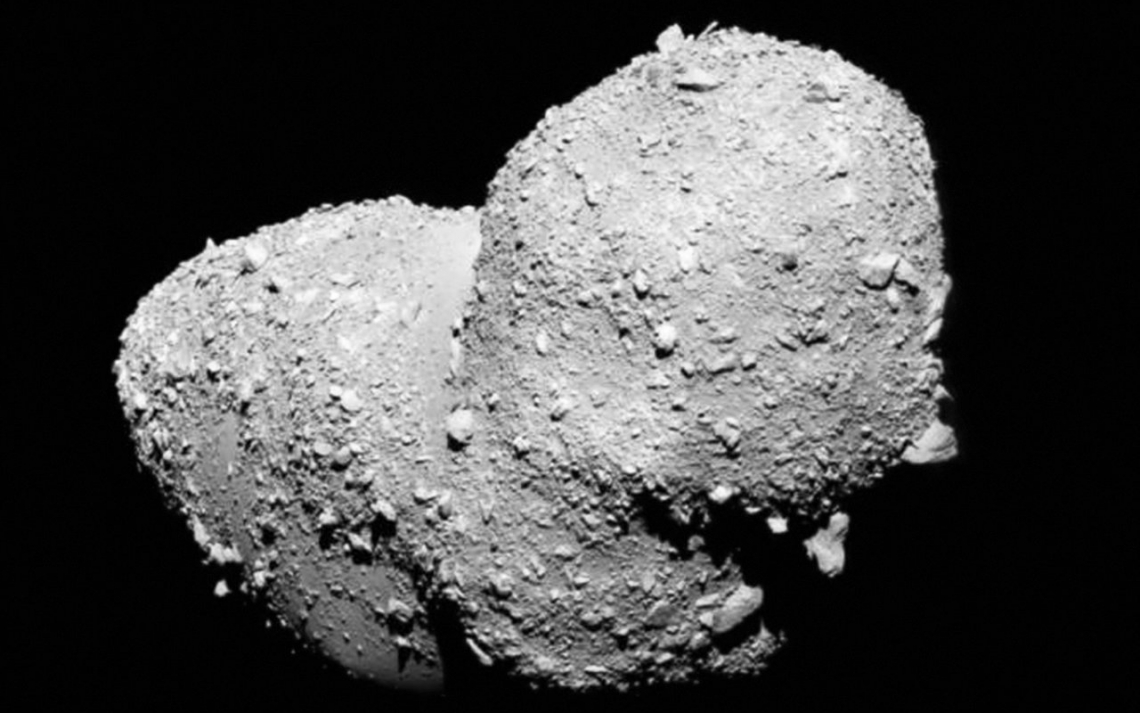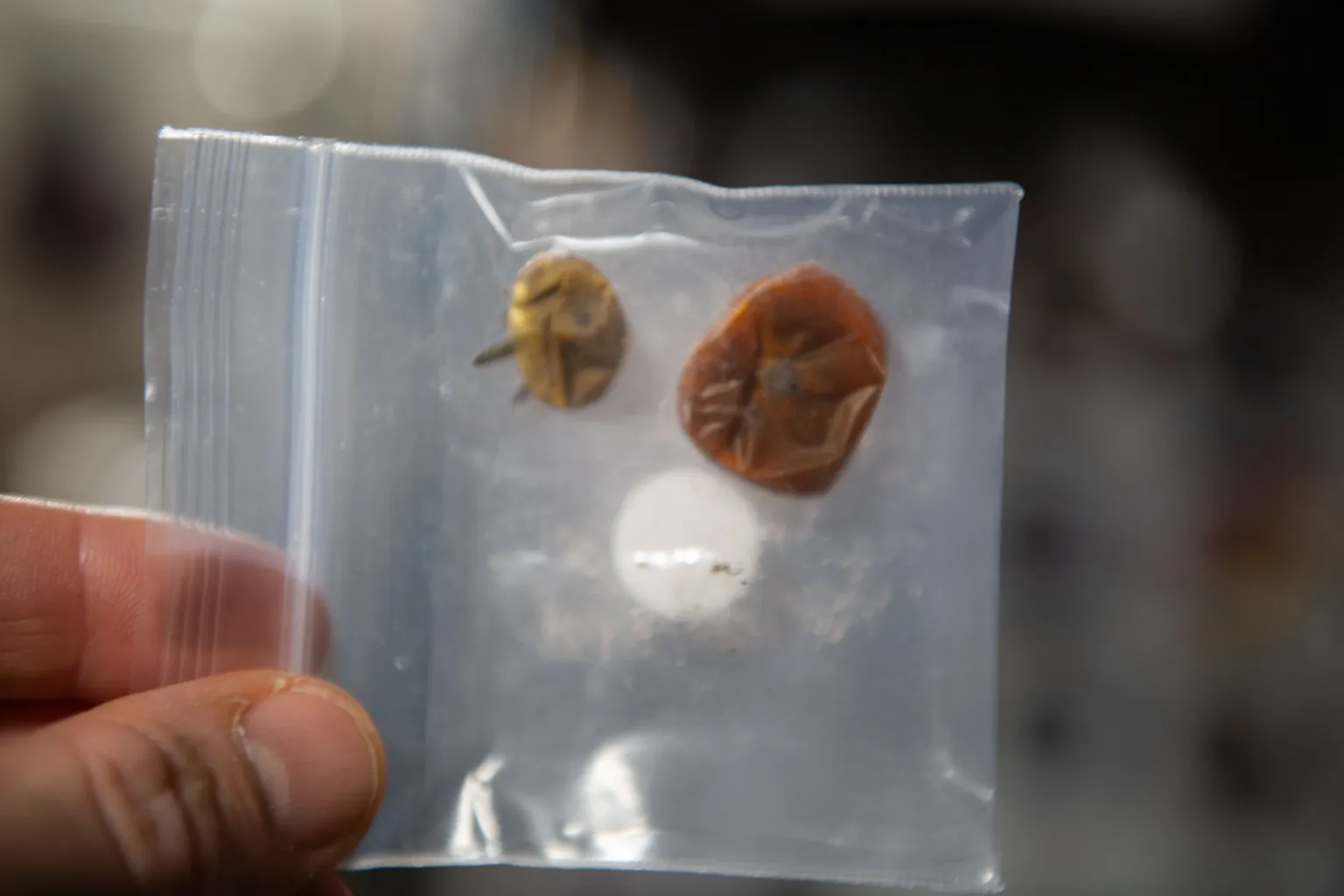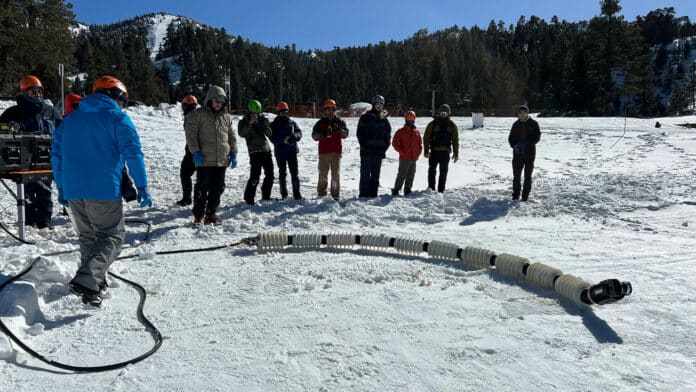Scientists are captivated by the magnetic appeal of the asteroid Itokawa, and their enthusiasm is well-founded. In a notable event in 2010, researchers gathered samples from this asteroid and uncovered an intriguing revelation. Notably, the samples contained the presence of salt crystals, which adds another layer of intrigue to this cosmic object.
This is significant because Itokawa is classified as an S-type asteroid, which was generally believed to be dry with minimal water alteration in its geological history. However, the presence of salt crystals challenges this assumption and suggests that S-type asteroids may contain more water than previously thought. This discovery opens up new avenues for understanding the water content and history of asteroids in our solar system.
These finding challenges previous assumptions and highlights the complexity of the asteroid’s composition.
This discovery has sparked excitement among scientists at the University of Arizona Lunar and Planetary Laboratory. Although sodium chloride, or table salt, may not typically captivate researchers, these particular crystals are significant because their formation requires the presence of liquid water.
The presence of salt crystals in samples from asteroid Itokawa challenges the notion that many asteroids are dry. This discovery indicates that a significant number of asteroids in our solar system may contain water, contrary to previous beliefs. This discovery of the salt crystals renews the hypothesis that a substantial amount, if not all, of Earth’s water, may have been delivered by asteroids during the planet’s formative and dynamic early phases.
This finding has important implications for our understanding of the origin and distribution of water in the universe.
This study raises intriguing questions and suggests that our understanding of S-type asteroids may have been underestimated. This study sheds light on the presence of unexpected minerals and water-related elements. It emphasizes the necessity to reassess our preconceptions about asteroids. Furthermore, it urges us to delve deeper into the intricate and enigmatic realm of these celestial bodies.
The study is published in Nature Astronomy.







